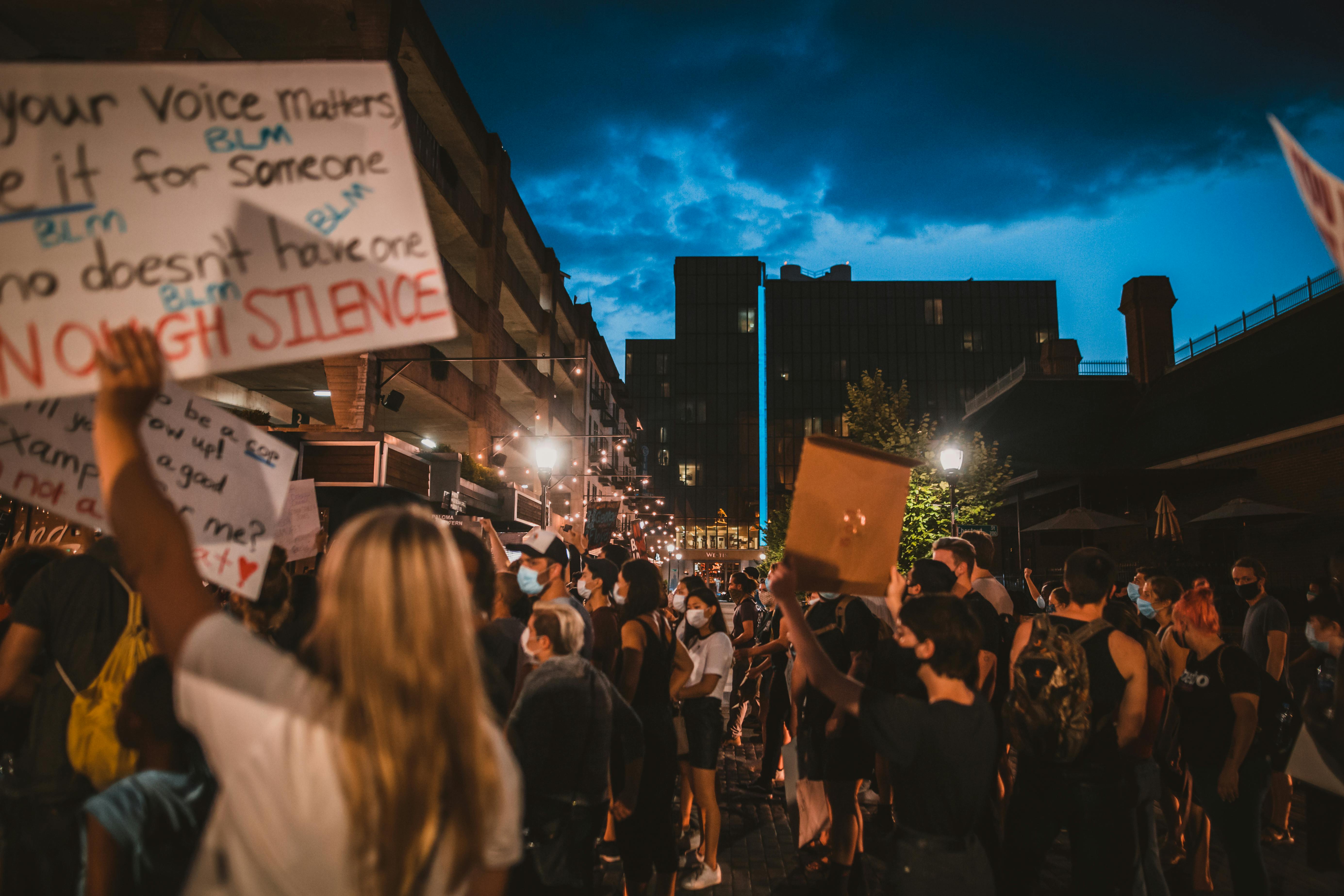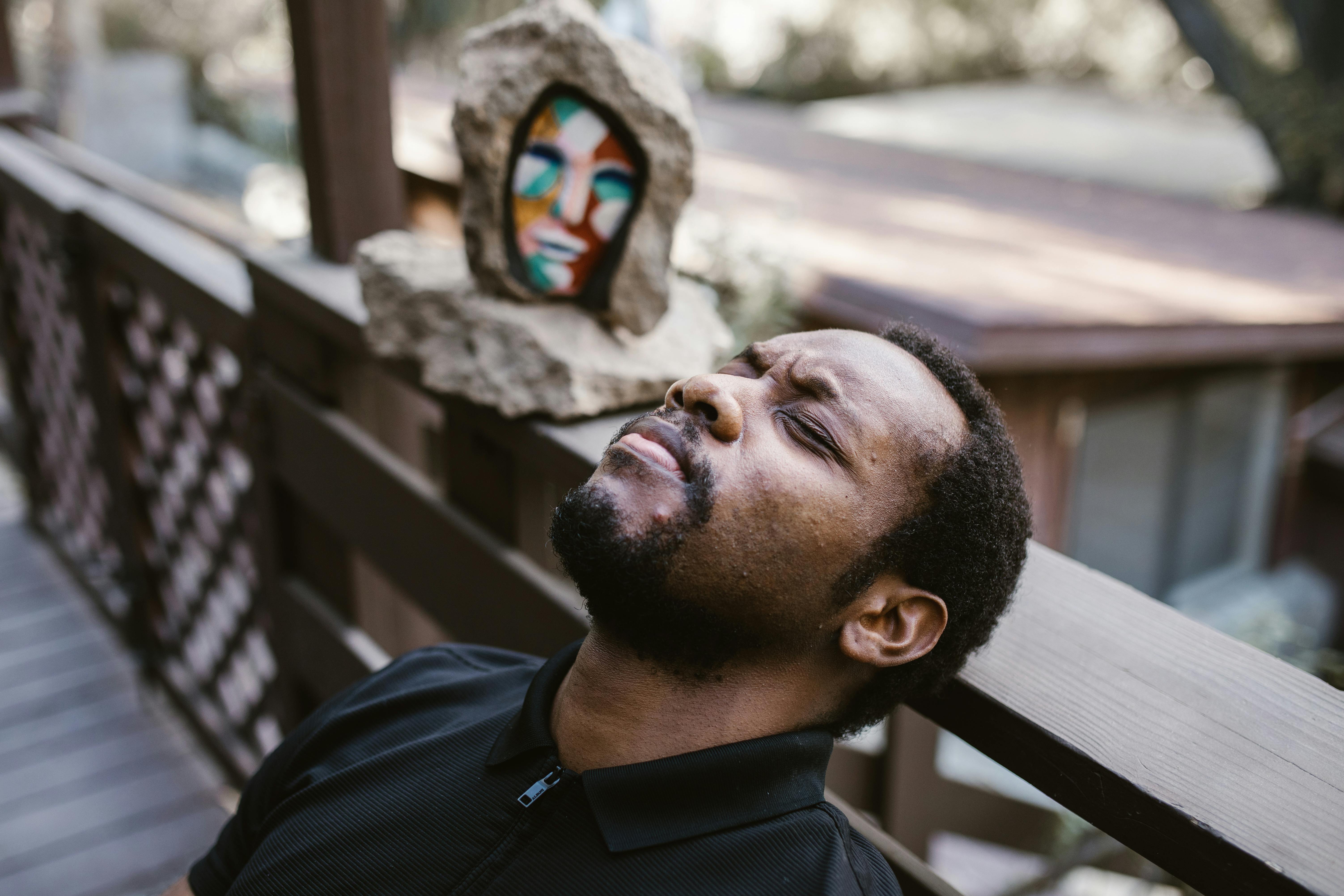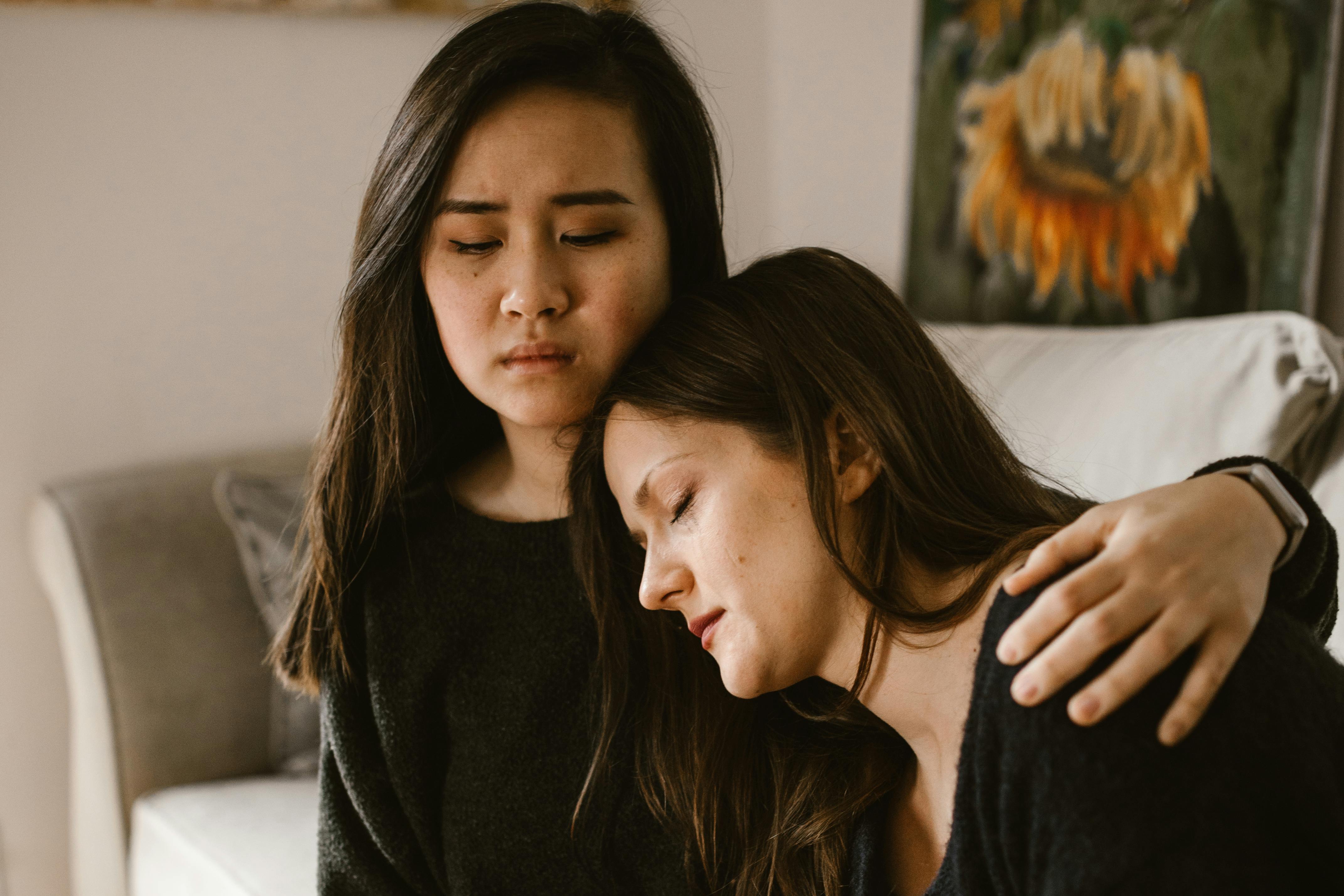If you have a need to care for baby lovebirds, you need to know what to do, because losing baby birds could be quite a daunting experience.
Where to put them?
When it comes to baby lovebirds, a sizable plastic reptile container works very well for the first few weeks, giving the birds room to grow and keeping them safe. Cover the bottom of the pot with cage liner and also use untreated paper towels on top of that, which will make daily cleaning easier. By placing food in one end of the box and having the birds use the other end for cuddling, you can help prevent birds from crowding into your food spot.
When to take care of the parents of the babies?
Naturally, the first thing to learn about caring for baby lovebirds is when to let the parents take care of them. In general, the best option is to always pull the entire clutch at the same time when the youngest baby is around 10 days old, which can put the oldest around 16-17 days old.
Anytime beyond this, you will find that babies don’t really take to hand feeding that well. If the baby lovebirds have hatched long enough that the oldest is over 17 days old when the youngest is ready to be carried, don’t be afraid to remove one pair at a time.
Weaning
Probably the most popular method of weaning is the so-called abundance weaning approach, whereby the syringe is still used to feed the baby lovebirds while providing enough adult food. This will motivate them to eat alone. Little by little, as their independence develops, the little birds will stop wanting the syringe and will decide to eat their own food. Before selling your weaned lovebird, it is best to wait a bit after weaning to make sure there are no health problems. If not, congratulations! You have hand-raised your first lovebirds.
Feeding from your hand
For the first two weeks, the best guess is manual feeding. It is advisable to do this with the guidance of an experienced trainer before attempting to do it yourself. You can purchase baby bird formula, which must be administered through a syringe with a plastic O-ring. Since baby birds are fed regurgitated food, they prefer to eat hot food. Around 103 degrees Fahrenheit will be fine. However, if you do heat your food, be sure to stir it well and test the temperature ahead of time to avoid hot spots and the like.



